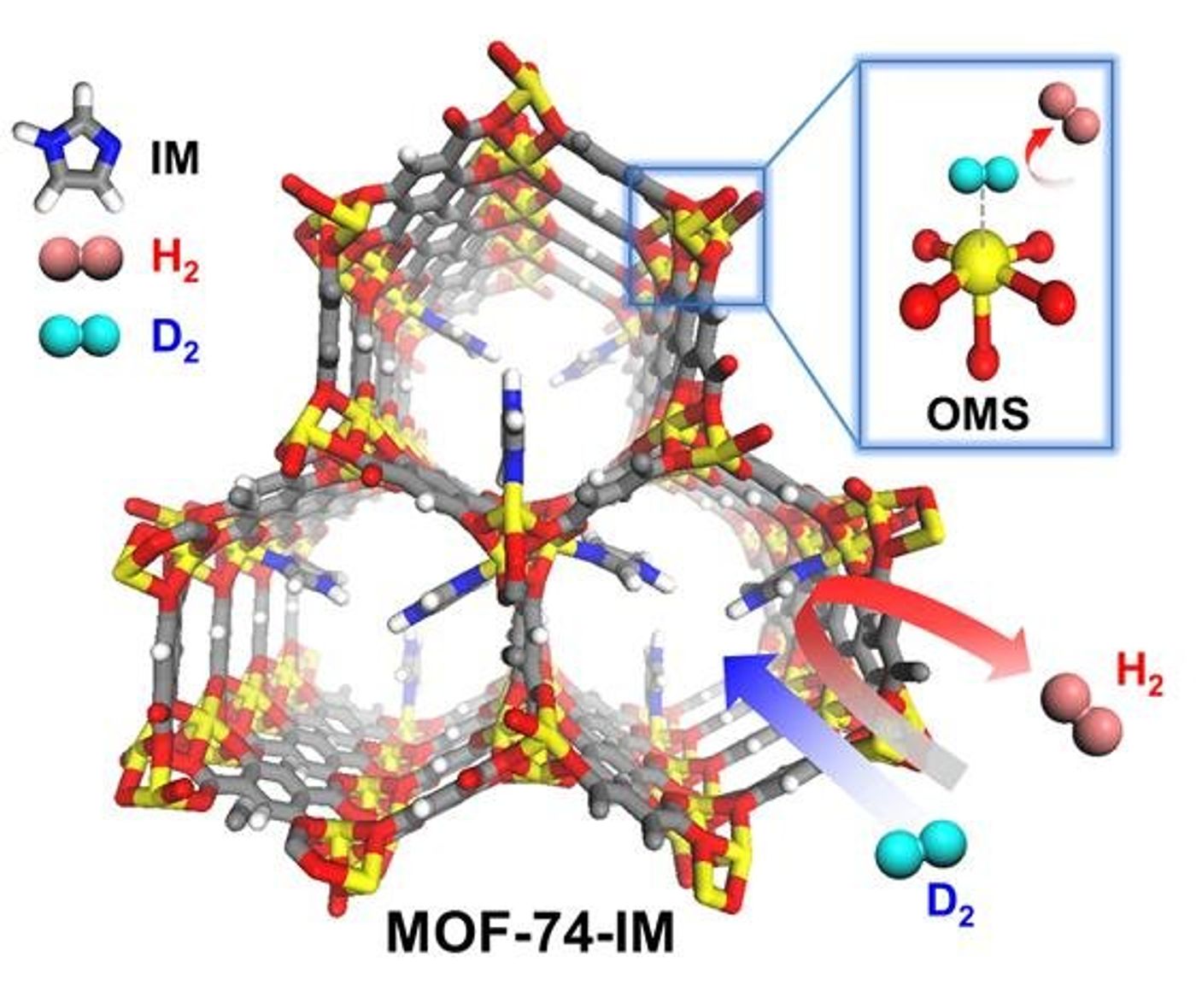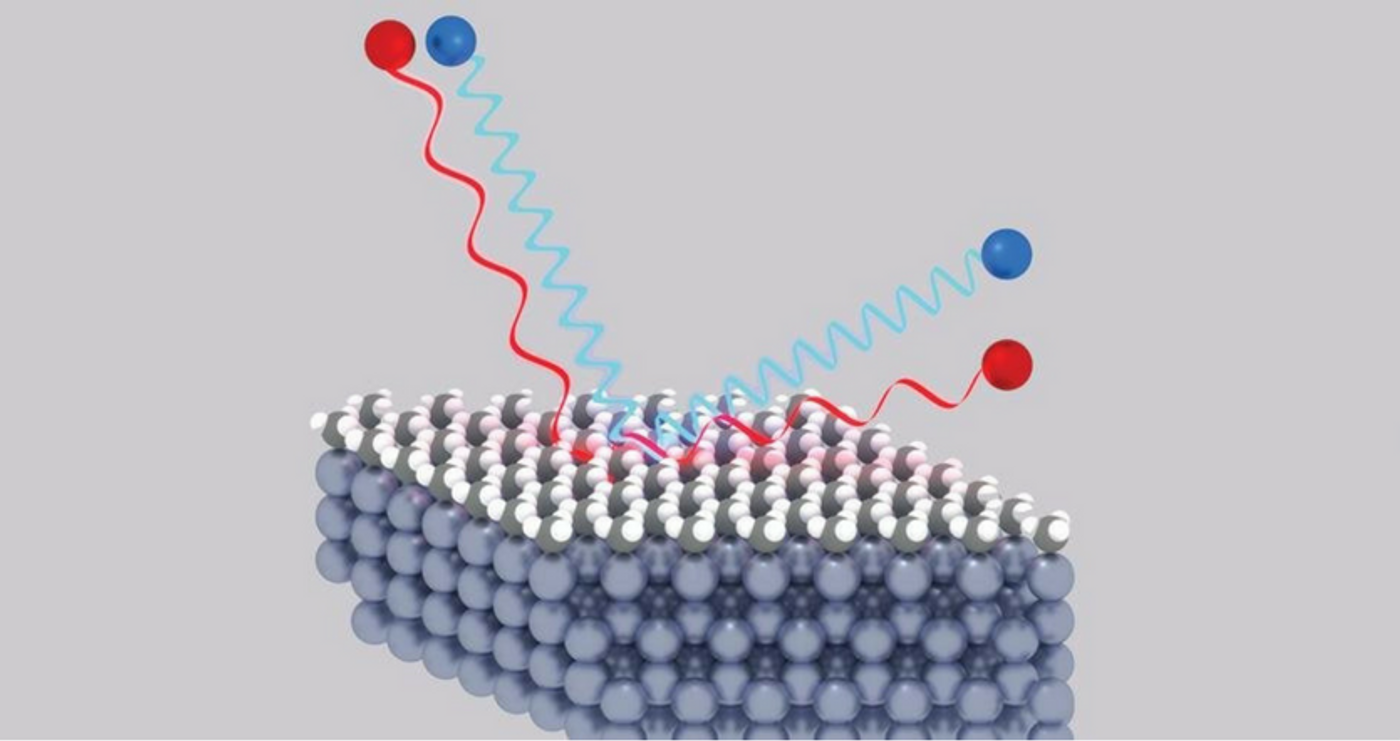New Era of Isotope Separation: From Quantum Sieving To Supersonic Gas Beam
The past October marked an exciting time for those in the field of isotopic science. Two brand new approaches to isolate and enrich light elements have been reported.
Isotopes are variants of a particular chemical element which differ in neutron number. For example, hydrogen (1H), deuterium (2H) and tritium (3H) are three isotopes of the same element. Isotope separation is a process of separating isotopes from one another or changing their relative abundances. The variance in a few neutrons can often create a vast difference in term of the usefulness of an isotope.
Although a variety of elements are purified for all kinds of purposes, nowadays the most common isotopes of interest are uranium for manufacturing nuclear fuel and several radioisotopes for medical treatments. The enrichment of silicon is also increasingly of interest in the electronics world, because pure silicon makes transistors of higher efficiency and improved thermal conductivity, and holds significant promise for quantum computing.
Several sophisticated techniques of physical separation have been developed over the years since the famous Manhattan project, mostly centering on the purification of uranium. Centrifugation was the first method invented to separate chemical isotopes by Jesse Beams of the University of Virginia to separate chlorine-35 from chlorine-37 in the 1930s. A decade later it became the most popular large-scale approach for uranium enrichment. The electromagnetic method uses a mass spectrometer, or spectrograph, to send a stream of charged elemental particles through a strong magnetic field and allow the separation of isotope by mass. In gaseous diffusion molecules of a lighter isotope would pass through a porous barrier, and become isolated from those of a heavier isotope.
The first publication was presented by an international team of researchers affiliated with South Korea’s Ulsan National Institute of Science and Technology (UNIST). They have developed a novel deuterium enrichment system based on a porous metal-organic framework (MOF) that employs quantum sieving effects.
Quantum sieving is a promising technique for isotope separations; heavier isotopes induce favorable adsorption in nanoscale pores in the MOF due to the difference in zero-point energy of isotopes. Deuterium plays a pivotal role in industrial and scientific applications (e.g., isotope tracing, neutron moderation, and neutron scattering), but its purification poses quite a challenge in modern separation technology.
The metal-organic framework developed by the Korean researchers. Credit: UNIST.
This breakthrough was featured on the cover of the Journal of the American Chemical Society in October. “Although the idea of separating deuterium using quantum sieving effects already exists, this work is not only the first attempt to implement two quantum sieving effects, KQS and CAQS, in one system, but also provides experimental validation of the utility of this system for practical industrial usage by isolating high-purity deuterium. We anticipate that this strategy can provide new opportunities for the intelligent design of porous materials leading to the development of other highly efficient isotope and gas separation systems,” said Hoi Ri Moon, the corresponding author of the paper. She adds, "We anticipate that this strategy can provide new opportunities for the intelligent design of porous materials leading to the development of other highly efficient isotope and gas separation systems."
In a paper on the journal Physical Review Letters, a team of researchers at the University of Chicago described their novel technique that can separate isotopes of neon using a beam of gas and unique silicon lattice.
Neon atoms directed at a specially crafted atomic lattice. Credit: Arin R. Greenwood, Federico Giberti, and Kevin J. Nihill.
A supersonic beam of neon, in which all atoms have been accelerated to the same high speed, slams into a silicon crystalline surface whose atoms are arranged in a particular pattern. As a result, atoms are flung off at slightly different angles depending on their isotopic composition. The method could be used for lighter elements on the periodic table, up to about atomic mass 40, as well as small molecules.
"This is a wonderful and very precise demonstration study, and we are very pleased with the results," said Steve J Sibener, a Professor of Chemistry and the supervisory author of the study. "One can think about it like separating the various colors of light into a rainbow using a prism."
What are isotopes? Credit: FuseSchool
Source: JACS/Physical Review Letters










